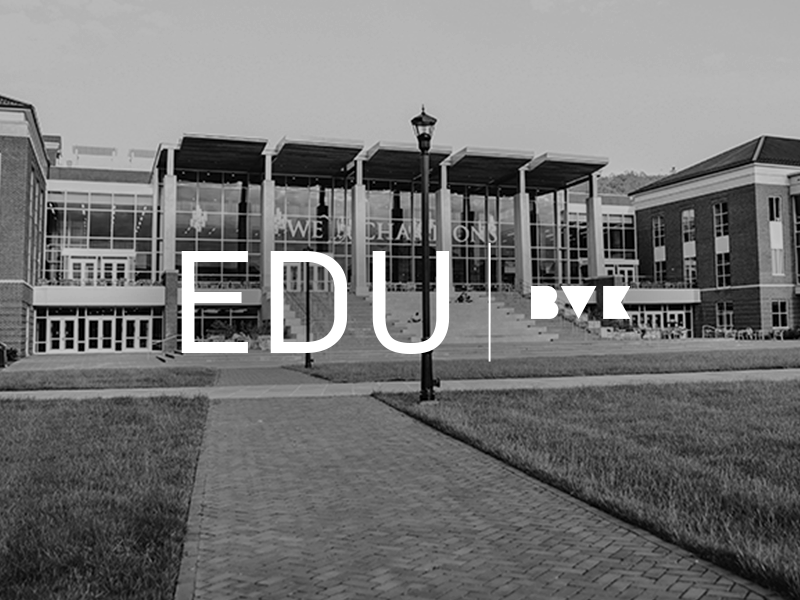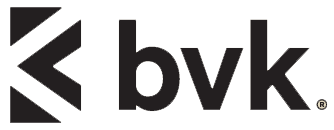When We Re-Open, Will They Come? Re-Activating Demand for Your Brand
Education

Fall is upon us. For our friends in higher education, that means making big decisions about opening campuses or going virtual, or some combination thereof. It means crossing fingers and hoping yield is better that the unprecedented predictions. And it means taking a step back and entering this brave new world with a keen eye for how our target audiences and their needs have changed both due to the pandemic as well as the social justice commentary that are affecting every aspect of our nation and how we all move forward.
Brands who understand that they can no longer do “business as usual” will survive and perhaps even thrive in the years to come. This also means that the “build it and they will come” strategy is also no longer a viable option in this time of recovery. In fact, according to the Kantar FutureView webinar, simply “reopening” is not enough. Just because “supply” is available, does not mean that the “demand” is there. It is Kantar’s point of view that we are facing a crisis of demand, and brands now need to signal to consumers that it is accessible and safe to come back.
The Kantar report offers that demand has changed across the world, that it must be won back in new ways and that reactivating demand requires new ways of operating. They offer a Blueprint for Recovery for brands to follow.
At BVK, in the last six months, we have shared our insights on how human values have changed in the age of COVID, and what different generations really crave because of the pandemic and other uncertainties. Based on the McKinsey & Company article on “Beyond coronavirus: The path to the next normal” from March 23, we developed our take on what colleges and universities need to do in the higher education industry to respond (“The New Three R’s in Higher Education Best Practices”).
All good reads. And they all serve as a really good backdrop for supporting why we need to take a step back and learn from previous crises in our world and figure out how to reactivate our brand in a way that signals recovery. The Kantar projection based on past crises says that with unprecedented negative economic impact comes unprecedented growth opportunity. It is up to us.
“Every business in every category must remake itself in order to send the signals that will reactivate demand,” says Don Abraham, Senior Partner at Kantar.
Abraham and his partner, J. Walker Smith, Chief Knowledge Officer, shared that there are four essential requirements for reactivating consumer demand at a time when they are understandably anxious and want to return to what they know, but will settle for understanding what the “new normal” will be.
The four demand signals are:
- PROTECT – What is safe
- RECONSIDER – Who is safe
- INNOVATE – Why it is safe
- PARTNER – How it is safe
Following is our recap on each of the Kantar Signaling Framework.
PROTECT THE SPACE – to signal what makes it safe
People want a “hygienic perimeter” beyond which they feel safe and can get back to “normal.” To this end, consumers are anxious for signals that brands are committed to their protection, as well as employees, faculty, and staff.
Consumers and staff have had very different kinds of experiences during the pandemic, but most have experienced some degree of distress. So, anything we thought we knew about our audience pre-crisis, needs to be reconsidered taking into account an undetermined amount of distress.
We know from past disruptions like 9/11 that Americans needed to be reassured it was safe to travel again. That we needed clear and unmistakable signals that airports, train stations and the like were secure, and that the institutions governing travel in our country were in control and that travelers should have confidence in their own safety. In this example, TSA security changes were critical in sending an unmistakable signal that it was safe to fly.
Today, the world is shaken and scared once again and needs to be reassured it is safe—and hygiene is where it all begins. Hygiene and cleanliness are the critical signs that send an unmistakable signal that it is safe to enter the marketplace.
Brands must manage the places and spaces where people directly interact with your brand to limit anxiety about actual risk of exposure to COVID-19. Hygiene is the new “north star” when it comes to protecting the space and signaling safety.
We need to signal safety in new ways that matter most to the public:
- What spaces/physical touchpoints matter most/can be changed easiest?
- What level of assurance is required for different audiences (including employees, parents)?
- How can we ease anxiety in a campus environment?
RECONSIDER YOUR AUDIENCE NEEDS – to signal how it is safe
The second takeaway about the right signal to send to reactivate demand involves reconsidering your target audiences to reveal new and better ways to grow for the short term as well as the long term.
This disruption has changed the way many people think about themselves, their loved ones and their lives going forward. As a result, we must reconsider our audiences and find the right signals for the right place at the right time.
But we also need to assume that a new consumer is emerging with new, changing needs. This requires a deeper understanding of all our audiences such as:
- Do they have health conditions that make them more anxious about exposure?
- Do they have younger children in the household that will be doing remote learning?
- Is childcare a concern?
- Is remote employment an option or are there workplace concerns if not?
- Is their home safe?
- Is remote technology/Wi-Fi available?
- What added financial concerns are they facing?
The list goes on and on.
This is also where a deeper understanding of human and cultural values and how they have shifted would be most valuable. (See our Values in the Age of COVID presentation noted earlier.)
INNOVATE WITH HYGIENE AT THE CORE – to signal why it is safe
Today’s disruption is a call to arms for fast and efficient innovation with hygiene at the core. Never has hygiene been the starting point for innovation when trying to deliver products and services in a new way. Innovation is always the answer in times of change because history has shown that when the marketplace shifts, new needs always emerge. In these times, we find out which routines are hard-wired and will continue (grocery shopping), which will disappear entirely (hand shaking), and which will return with new twists (working/learning remotely).
The appeal of innovation is likely higher than usual today because so many consumers themselves have become innovators during the pandemic. This “maker culture” has found mainstream appeal (think face shields, 3D printing of ventilators and homemade masks).
Consumers are searching for reassurance about how things are going to look going forward. Innovation can reassure consumers that your brand has their back no matter what the future holds.
What brands are doing in terms of taking employee/consumer temperature and/or testing, installing plexiglass in common areas where feasible, making it easier to social distance, mask requirements, access to disinfectants and increasing cleaning protocols in common areas, as well as increasing remote access are key signals consumers are looking for. These and other innovations and operational changes will fuel consumer/employee confidence in their safety, which creates an increased desire to re-engage with your brand again, or pick you over another brand they were considering who is not assuring them of protection.
Additionally, Boston Consulting Group research shows that companies that innovated during the 1985 downturn grew 14% during the downturn. Those who did not declined three times as much. In fact, their data indicate that a long-term market view is the single biggest predictor of growth.
PARTNER IN UNEXPECTED WAYS – to signal how it is safe
There is a unique and powerful opportunity to lower barriers of re-entry. Yesterday’s definition of competition within this industry is over. It is time to look both inside and outside the industry to form new alliances, partnerships, and solutions.
The bottom line is, restlessness and the inability to respond to all the different and conflicting types of information related to this health crisis by varying groups of “experts” undermines the perceived authority of any single entity. (Although, according to the latest Edelman Trust Barometer, universities top the list of trusted authorities). So, the fourth imperative is to create a strong signal of reassurance by partnering with other colleges and universities as an industry with new levels of accountability that consumers need.
As the economy reopens, brands will be ready to do business long before consumers. The only way to get consumers re-engaged is with better signaling. That is the signaling imperative to reactivate demand and getting past the shock that has been delivered to our economy.
In higher education we need to do that collectively as an industry and individually as institutions. Our futures depend on it.
